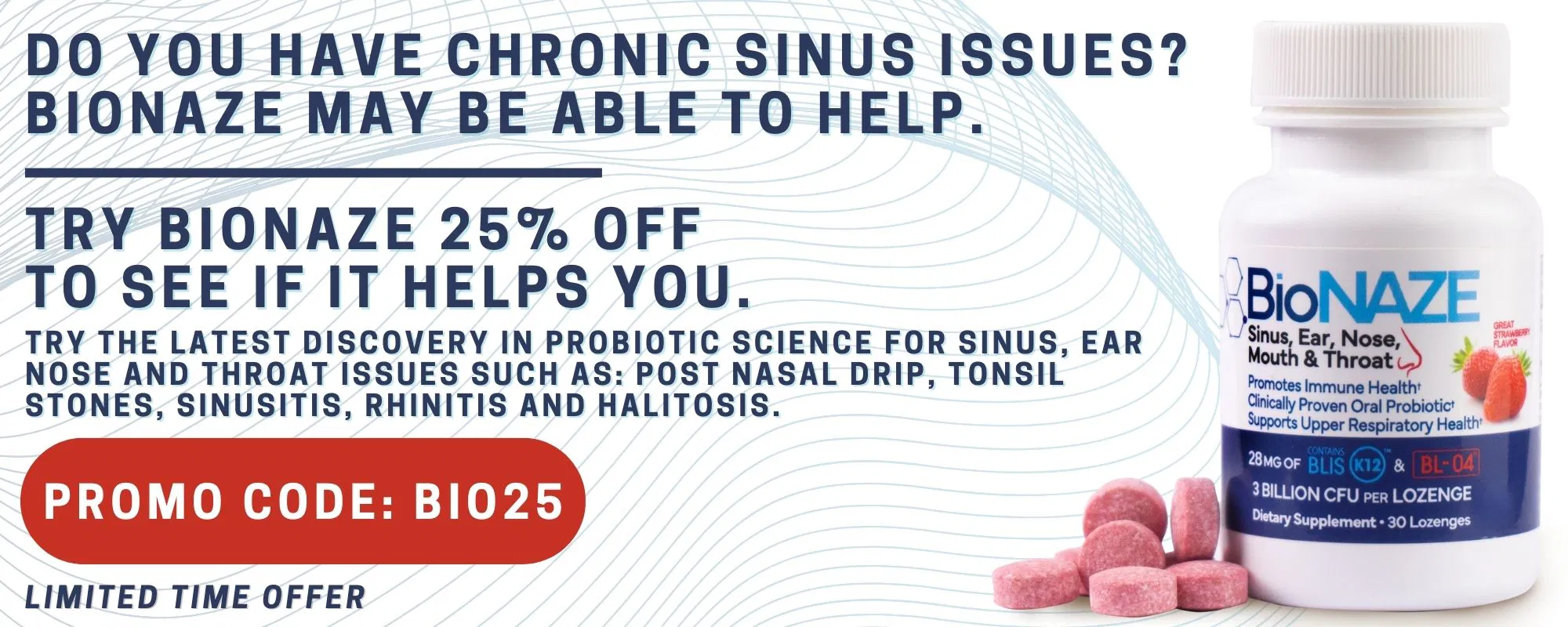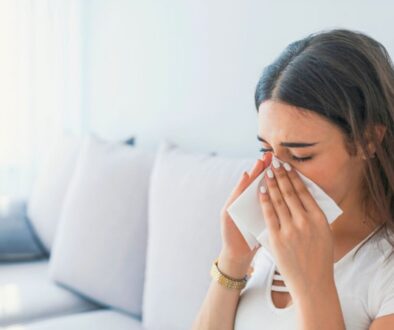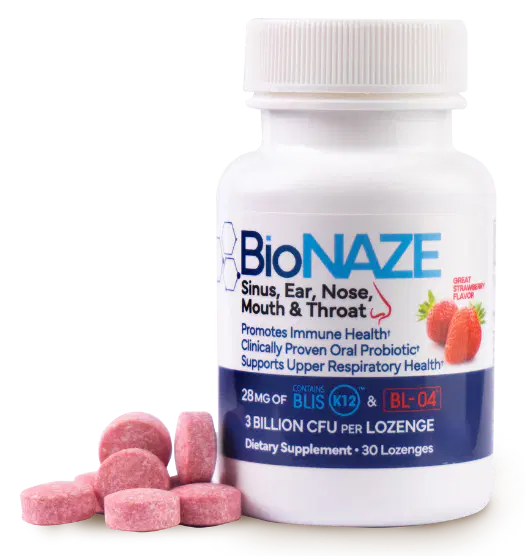How To Pop My Ear? Safe And Effective Techniques
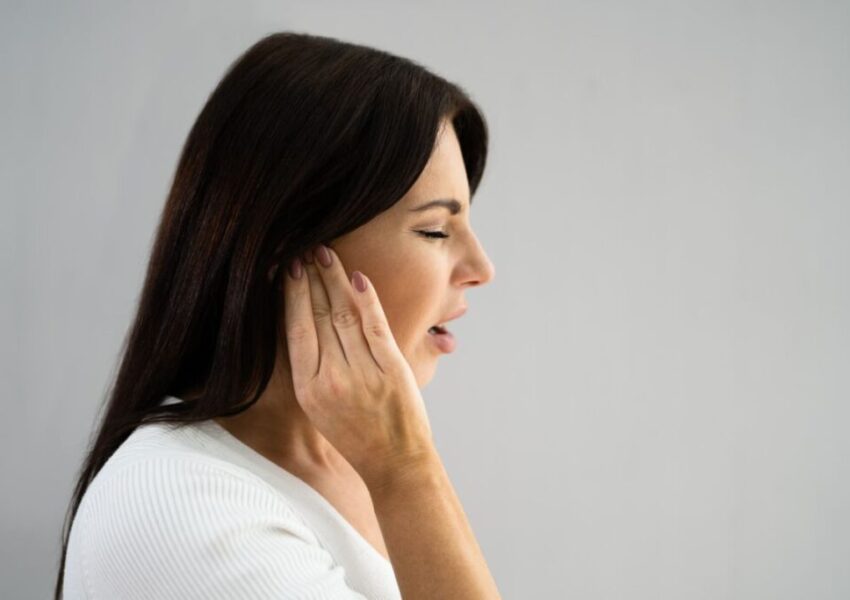
Published September 11, 2024
Ever felt that uncomfortable ear popping sensation while flying or diving? It’s more common than you think. This annoying feeling is a normal reaction to changes in air pressure, but it can be bothersome. Knowing why your ears pop and how to manage it is key to preventing discomfort and protecting your ear health.
In this article, we’ll explore everything you need to know on how to get your ear to pop. If you have been wondering—how to pop my ear—continue reading for valuable insights.
Why Do Ears Pop?
Ears often pop when the Eustachian tubes, which link the middle ear to the throat, open to equalize pressure on both sides of the eardrum. This pressure equalization reduces sensations of fullness or pressure in the ears and is frequently accompanied by a clicking or popping sound.
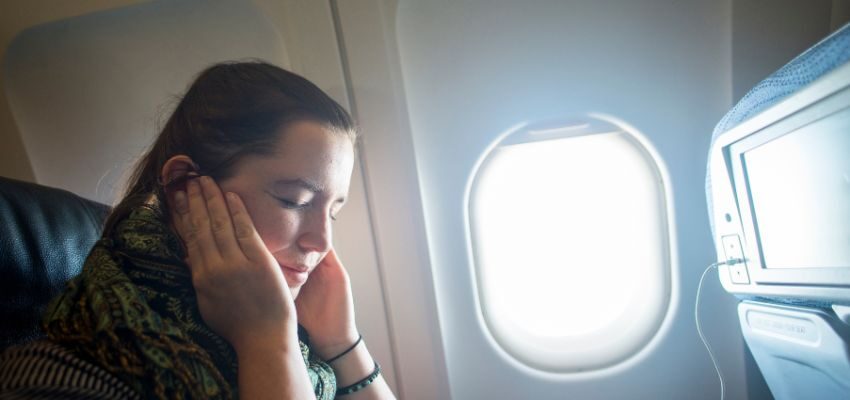
Causes Of Popping In The Ears
Popping in the ear is a common sensation caused by pressure changes during activities like flying, driving in mountains, or yawning. Understanding its causes can help manage discomfort and promote ear health.
Blocked Eustachian tubes
The Eustachian tubes are small passages that connect the middle ear to the throat. Sadly, this can end up blocked for various reasons, such as congestion from a cold, allergies, or sinus infections. When blocked, they can’t regulate air pressure effectively, leading to discomfort, temporary hearing loss, or dizziness.
The blockage creates a pressure imbalance, making it hard to equalize pressure on both sides of the eardrum. Individuals may feel fullness in the ear or experience a popping sensation as the body attempts to relieve the pressure.
Changing Air Pressure
Rapid changes in altitude, such as during airplane takeoff and landing or driving through hills, can create pressure differences that force the Eustachian tubes to work harder to equalize pressure. As external ear pressure shifts, the tubes must open and close to allow air to flow in or out of the middle ear, often resulting in the familiar popping sound. This is especially common among travelers and those in areas with fluctuating elevations.
The Process Of Popping Your Ears
Equalizing pressure in the ears is crucial for comfort, especially during altitude changes like air travel or driving in mountainous areas. If you feel discomfort or fullness in your ears, there are several techniques on how to get your ear to pop safely and effectively.
Swallow
Swallowing engages the muscles that open the Eustachian tube, allowing air to flow into the middle ear and equalizing pressure. To promote frequent swallowing, try drinking water, having a snack, or sucking on hard candy. Each swallow alleviates pressure and can be especially beneficial during ascents or descents.
Yawn
Yawning is a natural reflex that helps open the Eustachian tube and also encourages relaxation. When you yawn, the muscles around the Eustachian tubes contract, facilitating air flow and equalizing pressure. If you struggle to yawn, try mimicking the motion or yawning several times, as this can effectively relieve ear pressure.
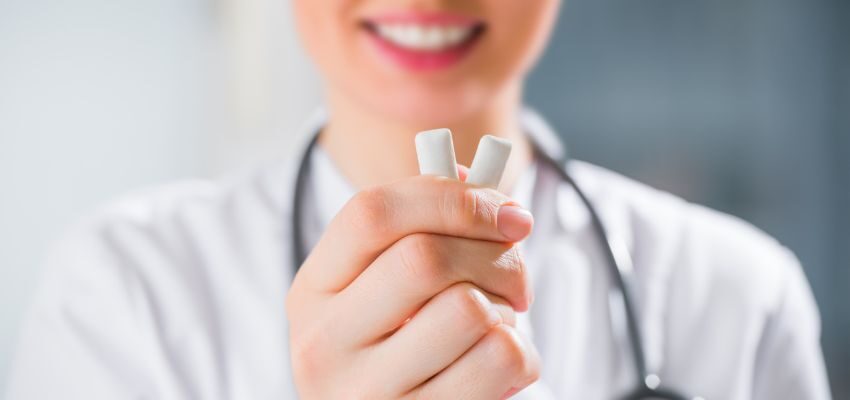
Chewing Gum
Chewing on gum can be an effective method for managing ear pressure, particularly during air travel. The repetitive action of chewing and the increased saliva production promote swallowing, which aids in opening the Eustachian tubes. Choose sugar-free gum to maintain dental health while reaping the benefits of this technique.
Valsalva Maneuver
This technique consists of a few straightforward steps: take a deep breath, pinch your nose shut, close your mouth, and gently blow your nose while keeping your mouth closed. Doing so increases pressure in the throat, helping to equalize ear pressure. However, it’s crucial to do the Valsalva maneuver gently to prevent any potential harm to the eardrum.
Toynbee Maneuver
To execute this maneuver, pinch your nose closed and swallow at the same time. This simultaneous action creates a vacuum that aids in opening the Eustachian tubes, helping to equalize pressure. It’s a simple yet effective technique that requires no special equipment.
Lowry Technique
This technique blends elements of both the Valsalva and Toynbee maneuvers. By pinching the nose and swallowing simultaneously, it effectively balances pressure. This method can be especially beneficial in scenarios where other approaches may not offer quick relief.
Edmonds Technique
The technique consists of performing a jaw thrust or head tilt while pinching your nostrils shut and swallowing. This particular position can significantly enhance the maneuver’s effectiveness, promoting better pressure equalization. It’s an excellent method to consider if you’re dealing with persistent ear pressure during changes in elevation.
Frenzel Maneuver
This technique resembles the Valsalva maneuver but involves pinching the nose and producing a clicking sound with the tongue. The clicking action generates pressure in the back of the throat, aiding in equalizing ear pressure without the risk of applying excessive force.
Utilizing these techniques can help ensure a more comfortable experience during activities that involve altitude changes. Doing so allows you to enjoy your travels without the discomfort of clogged ears.
Other Measures To Stop Ear Popping
Popping in the ears can be uncomfortable and distracting. While it often happens due to pressure changes, there are several measures on how to pop ears when sick to ease this sensation.
Here are other measures to prevent and manage ear popping:
Special Devices
- Air-pressure regulating earplugs. These innovative earplugs are designed to regulate airflow in the ear canal, providing relief during flights or changes in elevation. Affordable, reusable and suitable for all ages, they’re an effective solution for those with ear discomfort.
- Otovent. This balloon device replicates the Valsalva maneuver, a technique that many find difficult to perform manually. By gently inflating the balloon, users can equalize pressure in their ears.
- EarPopper. This prescription device delivers a controlled stream of air into the nostrils, opening the Eustachian tubes. It helps equalize the pressure and relieve the uncomfortable sensation of ear popping.
Medication
Decongestants can help manage ear popping, particularly for those with nasal congestion. Available as pills, sprays, and liquids, these medications reduce swelling in nasal membranes. Taking decongestants before flying can ease nasal swelling and help clear your ears. Always consult a healthcare provider before starting any medication to ensure it’s suitable for you.
Frequently Asked Questions About Ear Popping
What steps can I take if my ears will not pop?
Consult a doctor if ear popping techniques don’t work, as persistent blockage might indicate an underlying issue.
Is it safe to try and pop my ears?
Using safe methods like yawning or swallowing is typically safe. Avoid inserting objects into the ears.
How does pulling help relieve ear pressure?
While some individuals may find relief by tugging on their earlobes, safer alternatives such as swallowing or yawning are generally recommended.
When to See a Doctor
If you frequently experience a sensation of fullness in your ears, you may be facing Eustachian tube dysfunction. This condition occurs when your Eustachian tubes struggle to equalize pressure, leading to persistent discomfort.
After diagnosis, your doctor can recommend a treatment plan that may include decongestants, antihistamines, or allergy shots. Keep in mind that your ears might be more sensitive during flights or allergy seasons. In severe cases, surgery may be considered to address issues with your Eustachian tubes.
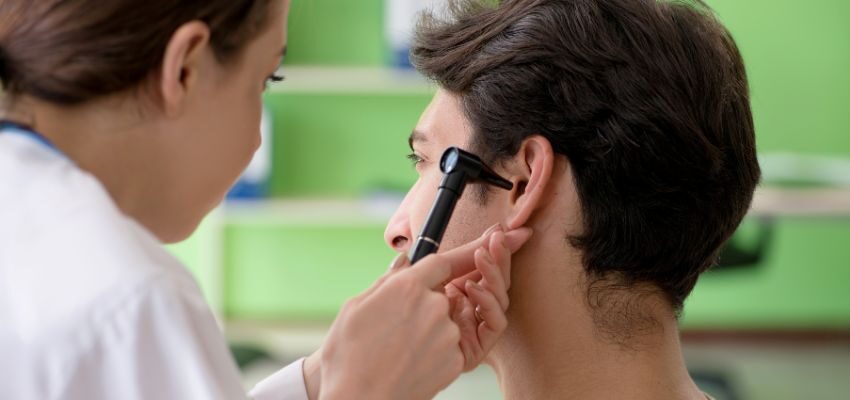
Take Control Of Ear Discomfort
Recognizing the causes and strategies on how to get your ear to pop can greatly enhance comfort during altitude shifts or congestion. Often, straightforward techniques and tools can relieve discomfort; however, ongoing issues should be assessed by a healthcare professional to rule out any underlying conditions. Don’t let ear popping hold you back—take charge of your comfort today.
Benefit From The Latest Advancements In Probiotic Science With Bionaze
Bionaze is a proprietary blend of probiotics proven to promote ear, nose, and throat health, improve digestion, and support your immune system. The active ingredients BLIS K12, and BL-04 are considered among the best probiotics according to science.
Get 25% Off Your First Order when you use BIO25 at checkout!
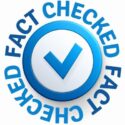
This Content Has Been Reviewed For Factual Accuracy
This content has undergone thorough fact-checking by our team of internal experts. Learn more about the meticulous editorial standard for our website here.
ADVERTISEMENT

About The Author
Hi, I’m Corinne Grace, a proud nursing graduate from Riverside College with a flair for writing. I specialize in health and wellness topics, using my educational background to weave informative and attention-grabbing articles that appeal to a wide variety of readers. Committed to excellence in writing, I’m always refining my skills to stay in sync with the fast-evolving world of digital media. Whether you’re seeking to understand complex health concepts or looking for relatable advice, I’m here to deliver content that’s accurate and enjoyable to read.
